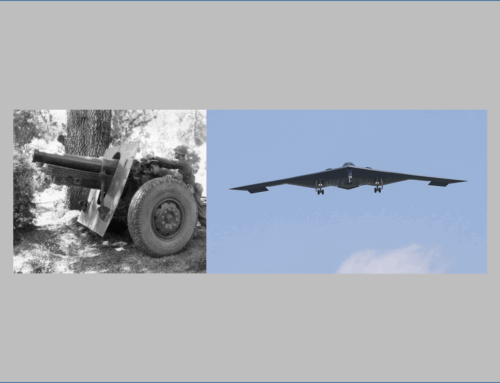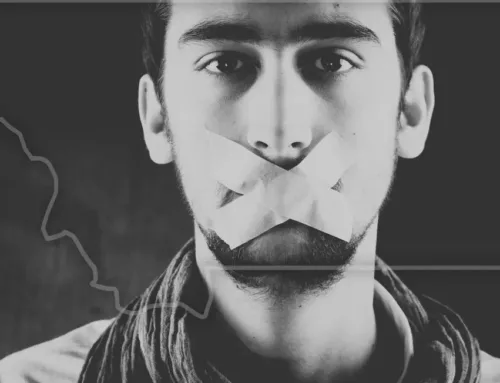Pioneering D.C. Artist Inez Demonet Helped WWI Soldiers Put Their Lives Back Together
Published: 29 March 2024
By Katherine Brodt
via the Boundary Stones website

Inez Demonet in her home studio framed
Inez Demonet in her home studio. (Source: Washington Times, September 7, 1933 in Library of Congress Chronicling America Collection.)
“By days she paints gruesome pictures of the insides of rats so newly dead their bodies still glow faintly with animal heat. By night she does exquisite etchings of a Chinese junk idling down the Yangtze, of the flower market at Rouen, of the Lincoln Memorial with the moon’s sheen above it.”
It’s a bit of an odd opening for an artist’s profile, even if the concept of an artist with a “double life” won’t seem strange to other creative people who need to pay the bills. But the Washington-based artist Inez M. Demonet, whom The Washington Post called a “strange, Jekyll and Hyde sort of artist,” seemed to enjoy the local press’s fascination with her day job. Though she specialized in etchings and watercolors of District landmarks and people, she spent most of her time in an office at the National Institute of Health, where she worked as a medical illustrator. “It is from the rats I make my living,” she joked to the Post in 1934, showing them her latest work: a series of illustrations showing diseased rats, intended to aid public health professionals in identifying infections that can spread to humans.

Inez Demonet’s depiction of facial reconstruction surgery, 1919.
But while her work—and, indeed, her life—is treated as a fun oddity in the various newspaper profiles made throughout her lifetime, Demonet’s landmark career as a medical illustrator is never fully celebrated. When she began her career at the NIH in 1926, she was the sole artist on staff—by 1938 and until her retirement in 1965, she was the chief of the entire new Medical Arts Division.
Her work helped to educate doctors and public health professionals, and even helped repair the lives of soldiers returning from World War I. She also served as an example for other artists in the area—that work and passions can coexist.
A District native, Inez Michon Demonet was born in Washington in 1897 and attended the Corcoran School of Art, where her achievements in watercolors made her a star pupil. Her career as a medical illustrator began shortly thereafter, when the United States entered World War I in 1917. Demonet contributed to the war effort in a unique way: knowing her talents, her friends in the military got her a job at Walter Reed Medical Center in Bethesda, where she assisted doctors with facial reconstruction surgeries. Some of her earliest medical works are beautifully detailed sketches of these surgeries, showing the processes step-by-step, allowing other surgeons to copy the techniques. Some of the men who returned from the European trenches bore horrific injuries, the sight of which took some getting used to.
“I guess I was pretty much of a nuisance at first. The doctors had to spend almost as much time with me as with the patient. But, after I’d been carried out of the room a few times, I made up my mind I’d have to get over my squeamishness. I did it by learning to anticipate the next move of the surgeon. This kept me so entertained I forgot to become woozy.”
Demonet was also learning that medical illustration was a combination of art and science. By observing the surgeries and developing a keen understanding of the human body, Demonet was able to notice and anticipate the kinds of details that medical professionals needed to see. Nowadays, according to the Association of Medical Illustrators, these artists understand the unique nature of their field and receive training in medicine, science, art, design, visual technology, and in theories related to communication and education. In 1917, though, Demonet—and lots of other female artists employed during wartime—were having to pioneer the field themselves.
Read the entire article on the Boundary Stones website.
External Web Site Notice: This page contains information directly presented from an external source. The terms and conditions of this page may not be the same as those of this website. Click here to read the full disclaimer notice for external web sites. Thank you.



